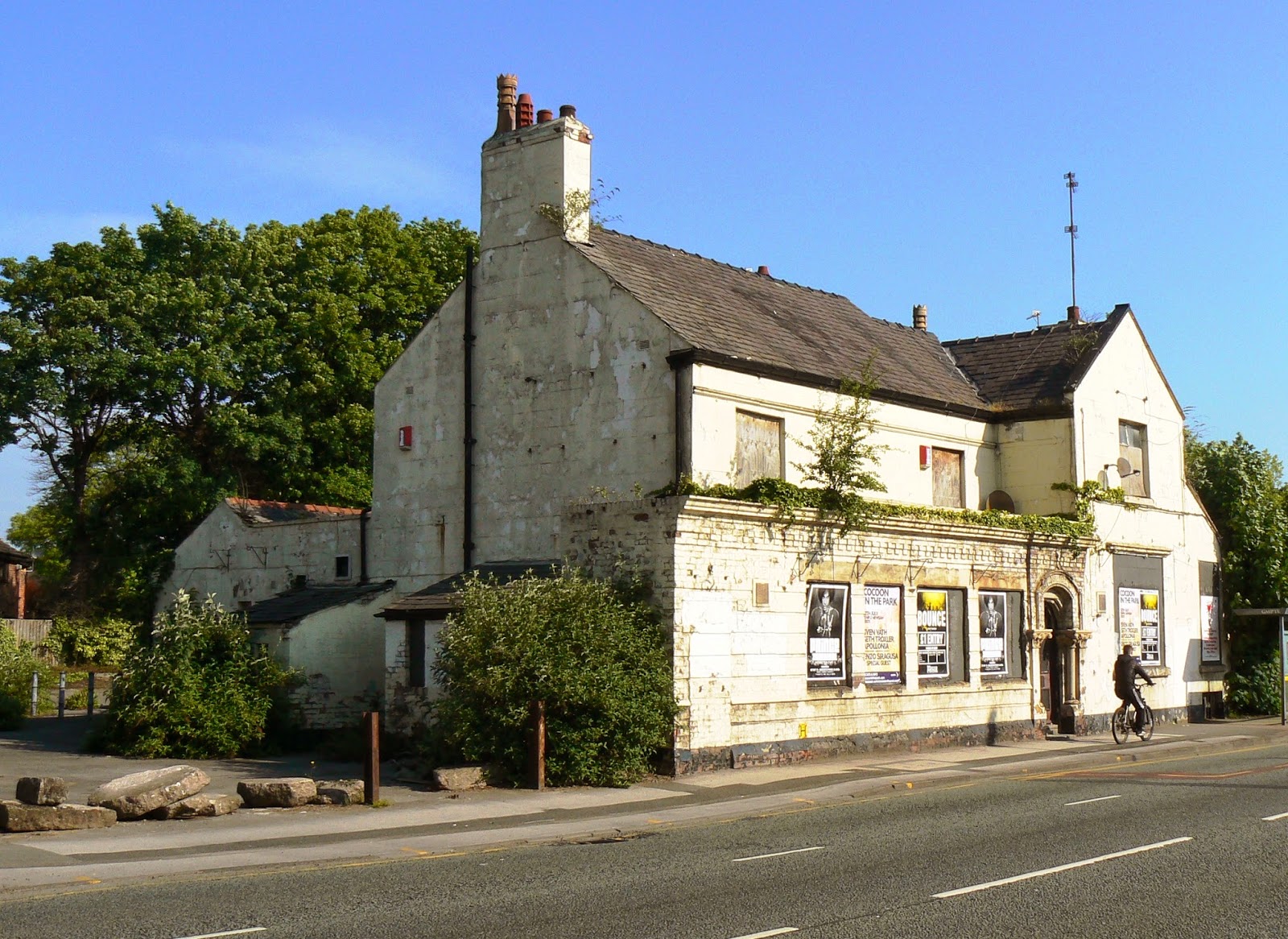We all love to tell a story, especially if we think we have a really good one.
In my work with older adults I meet many people with fantastic stories to tell.
The danger is, that within your circle of friends, it doesn’t take long before everyone has heard your
“story“ and a repeat performance of
“ during the war “ may be met with a groan or a long sigh.
A younger person will often miss the value of stories told by previous generations.
In my case, I now cherish the family stories that were told to me as a child, even though I may have yawned when I listened to them for the
“umpteenth” time as a kid. I really wish that some of the people who told me the interesting bits of their lives were still around so I could ask more questions
For those of us with an interest in history, people’s stories are simply fascinating.
At a recent event at Wythenshawe, I was asked to represent the organisation I work for by offering leaflets and information that might benefit the carers of people with Dementia.
It is easy to walk past a table full of leaflets,(I have seen a lot of people do that before) so we decided to put together an eye catching table full of memories next to the leaflet table and to encourage people to come and tell us some of the things their families may have grown tired of listening to.
The table contained old photos of Wythenshawe, old advertisements, vintage magazines, a donkey stone, old buttons, marbles, games and books.
There wasn’t a thing on the table that didn’t prompt some sort of memory from a passer by.
Some people sat for a while and gave us a lot of detail , others looked , made a comment and moved on , but everyone left us with a smile on their face , either because the memories were good ones , or because it was good to have a chance to tell the story to fresh and interested ears.
One of the items on the table was a
“smell box.“ This is a wooden box with 13 little bottles inside .
Each bottle contains a different smell that can magically transport you back to another place and time. The smells include things like Germolene, The Dentists Surgery, Fresh Cut grass, Blackpool Rock.
It’s amazing where a smell can take you, even today, and more than 25 years since she died I only have to smell Yardley face powder or
“4711” perfume and I am back with my Nana.
Memory is a fascinating (and sometimes frustrating!) thing but so valuable to us.
Several years ago we took some of the older people from our Day Centre to the Tower Ballroom at Blackpool .It’s a stunning place and full of memories for some of our older people.
A ballroom dancing display was in full swing. I sat there fascinated, but I wasn’t watching the dancers, I was watching the slippered feet of a very frail lady in a wheelchair. I hadn’t known she was a dancer; her Alzheimer’s disease had made her speech muddled at times. Luckily, her feet remembered all of the steps and were executing them almost perfectly on the footrests of her wheelchair as the dancers glided by.
There is more than one way to have your story heard...
© Sally Dervan
Pictures;
from the collection of Sally Dervan

















































